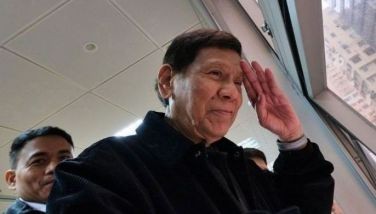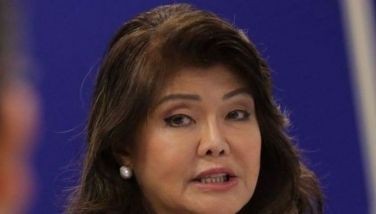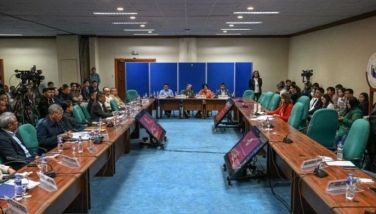Inbound and outward
“Some won’t appreciate you no matter how much you do for them. Release yourself. Go where you’re appreciated and understood.” – Robert Tew
Local sports news is filling up with stories about colleges vying for the services of Filipino-foreign basketball players and other athletes. Recruitment has become the new growth industry, whether it’s merely for college or for a potential future in the Philippine Basketball Association, national team or beyond. In the last two decades or so, the country has seen over a hundred American and Filipino-American athletes enter colleges and universities, but there have also been Serbians, Chinese, Africans and other nationalities who have tried to at least get a scholarship, or eventually make a life here. Ironically, Filipino athletes have been heading out of the country for at least the last quarter of a century. In sports like rugby, boxing, ice skating, chess, golf, basketball, combat sports and so on, they have joined commercial leagues and national teams of other nations, or quietly retired to take on coaching or teaching jobs. Coaches have been going overseas longer.
The trend of outward migration can be traced back to the 1940’s. After World War II, many of the millions of American women who entered the workforce and took over factories, refused to go back to being housewives or other jobs that were deemed “for women.” This created a massive vacuum. Recruiters started looking outside the US to fill the void. They found a huge supply of nurses, caregivers and other service industry professionals in a small archipelago in Southeast Asia. This was two decades before even the Test of English as a Foreign Language (TOEFL) was implemented and required for foreigners hoping to live and work in the continental United States. Contrary to the Europeans who fled wars, entered the US from the east and took their family trades with them (bakers, bankers, lawyers, etc.), thousands upon thousands of Filipinas came through the warmer West, seeking employment and the mighty dollar. The trend surged again in the 1980’s, when political turmoil rocked the Philippines.
Why are Filipino athletes (not just basketball players) leaving, and why are foreign or mixed-race athletes coming here?
Filipino athletes are leaving the country to pursue their sports dreams simply because the opportunities and financial rewards are there. The best place to learn swimming would be the US or Australia, football in Europe, martial arts in Japan, and so on. You have to be training among the best to be the best. This was the lesson we never seemed to learn from the 2005 SEA Games. The Philippines had its greatest overall performance ever, because majority of the national athletes trained in China, alongside world record holders and Olympic medalists. That raised their game. Filipinos who are determined to make it big in most sports have to leave the country for economic reasons, too. Rugby players and basketball athletes in Japan make five times as much as they would in the Philippines, even more. In two years, they would have earned the equivalent of 10 years or a full career playing at home. It makes the most sense, particularly in a profession where an injury can end your career at any time.
Now what about the reverse? Why do foreign or Filipino-foreign athletes come to the country? Simply put, it is the path of least resistance. They can get a high level of education (always for free) in an English-speaking country, where they are treated better than most people. And they even get paid. What’s not to like? They can worry about their post-graduate future later.
But let’s be clear. For most of them, the Philippines is a pit stop. Foreigners are not going to be able to play in the PBA because they’re never going to be as good as imports from the US. And the truly talented Filipino-foreigners can sell their skills to the highest bidders paying stronger currencies. That’s just how things are for now.
- Latest
- Trending
































